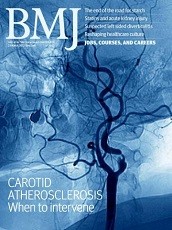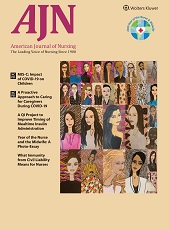Wena VP Williams

Extract
In the 20th century it is unrealistic to teach children that babies are made through acts of sexual intercourse and not to teach them when they become adolescents how to make love without making an unwanted baby. . . Contraceptives should be easily available to every boy and girl who is sexually active and responsible enough to admit it by seeking birth control. . . .It is socially irresponsible for a doctor to condemn a girl for asking for the pill, or to refuse it to her in the hope that it will stop her from having sexual intercourse . . . . He must also know that his denial of the pill to a girl forces her to adopt less effective methods of birth control or to use no method at all, and that when she subsequently becomes pregnant and asks for abortion the blame is as much his as it is that of the girl or her boyfriend.
Williams WV. (Correspondence) Abortion. Can Med Assoc J. 1974 Feb 02;110(3):261-262.

